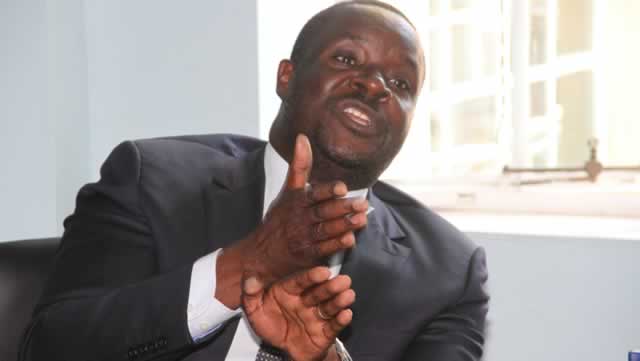Editorial Comment: Film makers must rise to digital challenge

Zimbabwe is on the threshold of a broadcasting revolution as our first digital television channel will be launched by March.
The country is making the transition from outdated analogue to digital transmission, a development that creates enormous capacity in television broadcasting from the present two channels.
The $125 million modernisation exercise will create room for 12 high definition (HD) television channels of which six will be owned by Zimbabwe Broadcasting Corporation while the other six will go to private broadcasters.
Information, Media and Broadcasting Services Deputy Minister Thokozile Mathuthu said the government was committed to digitalisation as evidenced by its efforts to building transmission infrastructure across the country.
Noting that the government was setting up the technical side of digitalisation, she emphasised the centrality of the production of more content to be broadcast on that broader platform.
“The solution,” she said on Tuesday, “is not to look for content beyond our borders. No! The solution is to produce our own local content which is beyond reproach and matches international standards, if not better. We have to produce content for our country, for the region and beyond as we market ourselves as Zimbabweans in the global village in the long run.
“In many countries that are ahead of us in this respect, the content industry employs thousands and thousands of people and generates billions of dollars in earnings. This is the vision which my ministry has, to grow the content industry to reach those heights. We pride ourselves as a learned people, multi-skilled people, a creative people.”
The permanent secretary in the ministry George Charamba said:
“We are not congregating to produce content for any one broadcaster. When we have done our digitalisation, we shall have 12HD channels. With those 12HD channels, from the perspective of government, I’m not interested in any one of them, I’m interested in all of them. Which means there is no first born, there is no second born, there is no last born. They are channels whose duty is to keep Zimbabweans entertained, informed and educated. That means our focus in terms of production is to produce content minimally for Zimbabweans and maximally for Africa. Let us be very, very, very clear. Nigeria has taught us that it is possible for one to launch a broadcast industry that caters beyond your national borders.”
To capacitate the film industry, he said the government has bought 28HD cameras, 20 editing suites and other equipment to be used by film producers for free. Fifteen cameras and eight editing suites are already in the country. Thirteen cameras and 12 editing suites are expected on January 22, 2016.
That is the infrastructure that film makers need.
However, the challenge that they now face in the new dispensation they have been yearning for is how they will effectively utilise the capacity that the digital infrastructure will create. Producers have to churn out enough content to be broadcast on the multiple channels on the new platform.
But producing content that is merely adequate is not good enough. The government has invested a lot of money in building contemporary infrastructure. Film producers will not do justice to that huge investment by coming up with content that is just enough but not of high quality.
We do not want to compromise on quality. We are saying this because much of our local television productions are really of low quality in terms of evidently poor acting skills, weak storylines as well as technically.
It is important for the local industry to learn from South African productions which are of high quality to match international standards. Yes, West African countries have a lot of content but we see a number of gaps quality-wise.
We look forward to the industry strengthening training for producers, actors, technical personnel and so on for the creative sector. Such investment should help enhance the quality of their works as well as their capacity to produce as much content as possible and that which captures and retains audience interest for years.
The country already has training institutions, among them the Zimbabwe Film and Television School of Southern Africa and Amakhosi in Bulawayo, but with the huge demand for works expected in the digital era, we don’t think they would be able to produce enough skilled hands and minds.
Furthermore, it is equally important for more money to be poured in financing the productions. A number of those that we have had on local television were financed by non-governmental organisations that tended to influence the films’ storylines. This funding model compromises the creativity and independence of our professionals. We suggest a system that provides adequate funding while protecting the integrity of the creators of the content.










Comments